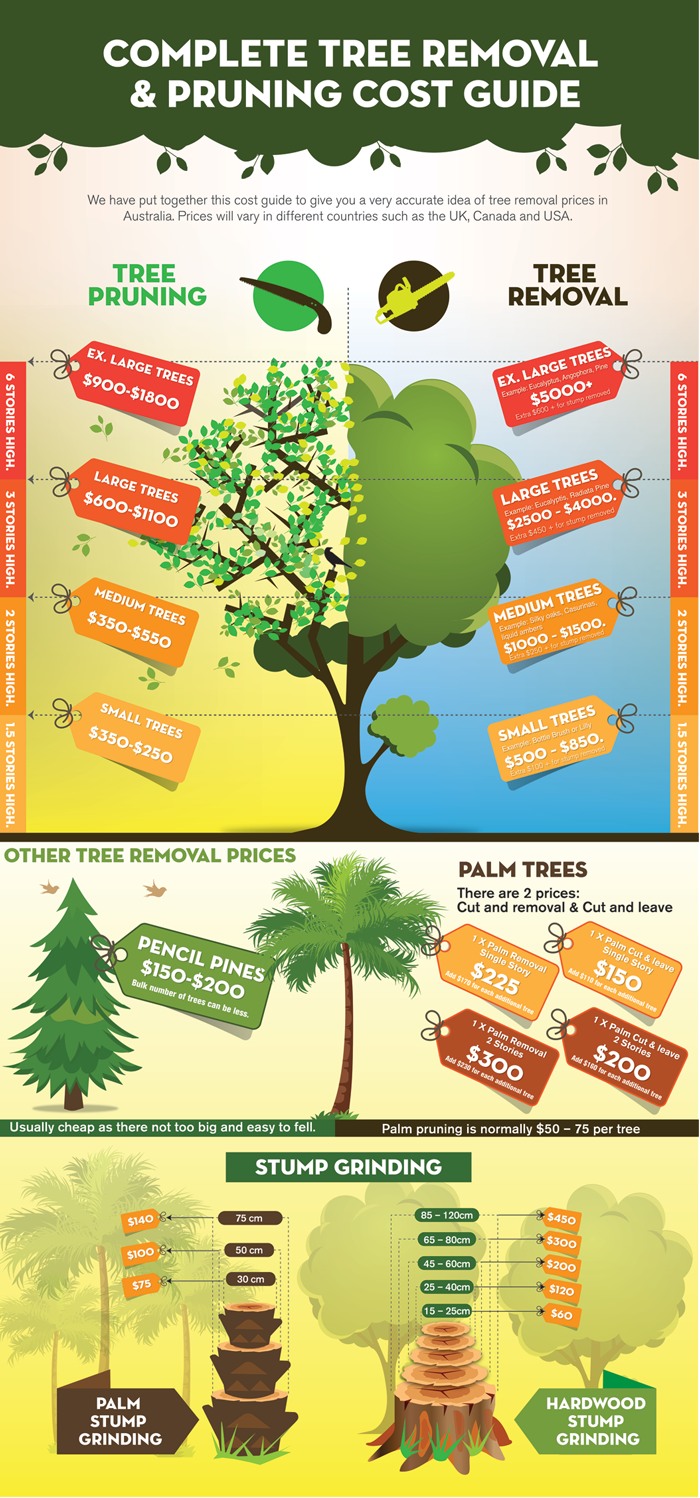When it comes to land management, have you taken into consideration the long-lasting benefits of stump grinding? By addressing the remnants left behind after tree elimination, this technique not only aids in dirt health enhancement but likewise plays a crucial role in avoiding disintegration and supporting biodiversity. The ecological advantages of stump grinding prolong much beyond plain aesthetic appeals, providing a lasting service that harmonizes with nature's complex systems.
Soil Health Improvement
Wanting to improve the top quality of your dirt? Stump grinding can be a game-changer for enhancing dirt health on your residential or commercial property. By getting rid of old tree stumps, you're producing space for new growth and allowing crucial nutrients to return to the dirt.
As the stumps break down over time, they release raw material, enriching the dirt and advertising far better plant development.
Additionally, stump grinding aids to aerate the soil, allowing for far better water seepage and root growth. Compacted dirt can impede plant development and water absorption, however by grinding stumps, you're loosening up the soil and developing a much healthier setting for your plants.
Moreover, stump grinding can additionally assist to prevent insect problems and conditions that old stumps may bring in. By removing these potential threats, you're producing a more secure and more productive landscape.
Disintegration Prevention
To avoid dirt disintegration properly, stump grinding plays a vital role in keeping the security and integrity of your land. By getting rid of unsightly stumps from your residential or commercial property, you're also decreasing the risk of erosion brought on by water runoff. Stump grinding eliminates challenges that can disrupt the natural circulation of water throughout your land, protecting against soil disintegration in the process.
When stumps are left untouched, they can work as barriers to water flow, triggering dirt to wash away throughout heavy rainfalls. This erosion not just damages your land but likewise contributes to sedimentation in neighboring water bodies, harming aquatic environments.
tree trimming service near me grinding helps to avoid these problems by leveling the ground and promoting correct drain, minimizing the chance of erosion.
Biodiversity Assistance
Maintaining healthy and balanced biodiversity on your land is important for creating a thriving community. By utilizing stump grinding as a lasting land management method, you can substantially sustain biodiversity.
additional reading grinding helps advertise biodiversity by producing new habitats for numerous plant and animal species. https://home-remedies-for-stump-r39506.blogproducer.com/37945363/mastering-tree-trimming-crucial-tips-for-a-much-healthier-landscape of stumps enables the regeneration of native plants, which consequently draws in a varied series of wild animals. Bugs, birds, and small creatures prosper in these recently easily accessible areas, adding to the general biodiversity of your land.
Furthermore, stump grinding helps prevent the spread of diseases and parasites that can harm plant varieties, hence safeguarding the ecological balance on your property. By removing old stumps, you produce room for new plant development, which enhances the general wellness of the ecological community.
This healthier atmosphere sustains a bigger range of types, advertising biodiversity and creating an extra resilient community in the long term. Welcoming stump grinding as part of your land management technique can have long-term positive results on the biodiversity of your land.
Conclusion
By using stump grinding as a lasting technique to land management, you can enhance soil wellness, protect against disintegration, and assistance biodiversity. This environmentally friendly technique not just profits the ecological community but likewise promotes the development of greenery and creates environments for various plant and pet species. Make a favorable effect on the atmosphere by incorporating stump grinding right into your land management methods.
